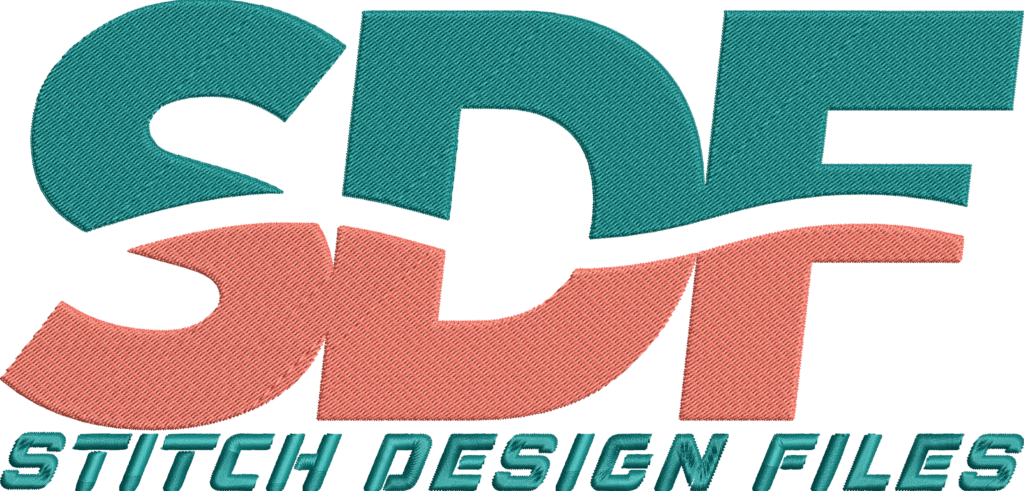No products in the cart.
Embroidery Tips & Guides
How to Embroider Jackets with Machine Embroidery Designs
How to Embroider Jackets with Machine Embroidery Designs
Machine embroidery for jackets presents an effective method to customize outerwear with detailed, durable designs. Incorporating high-quality embroidery designs jacket users ensures crisp, professional results on thicker fabric materials common to jackets.
- Proper preparation and placement are essential for jacket embroidery success.
- Using the correct stabilizer and hooping techniques prevents fabric distortion.
- The PES file format is widely compatible and ideal for embroidery machines.
- Machine setup and slow stitching speeds improve stitch consistency on thick fabric.
- Finished jacket embroidery requires careful removal of stabilizers and cleaning for a professional appearance.
Machine embroidery for jackets involves specialized techniques to accommodate the heavier fabric and structured nature of outerwear. This guide details the entire jacket embroidery process, clarifying the necessary preparations, stabilizing methods, machine settings, and final finishing steps. The information benefits hobbyists, Cricut and Brother machine users, and small business owners seeking crisp, professional embroidery on jackets. Implementing the outlined steps ensures stitch quality and garment durability, while also enhancing creative possibilities with different machine embroidery design files optimized for jacket fabrics.
Introduction to Jacket Embroidery
Embroidering jackets extends personalization beyond typical apparel types, adding distinct branding, logos, or decorative motifs to outerwear. This process is especially useful for small business crafters producing custom embroidered jackets and embroidery hobbyists eager to enhance sporting gear, uniforms, or fashion pieces. The challenge arises from jacket fabric thickness, structural elements such as linings or padding, and hardware like zippers and buttons, which require adapted embroidery methods. Using appropriate machine embroidery designs jacket creators can choose and apply, the importance of proper preparation and hooping becomes clear. With understanding of these factors, users can achieve high-quality embroidery that adheres to the jacket securely without puckering or distortion.
This instructional resource also highlights machine embroidery file format considerations, focusing on popular formats such as the PES file format jackets generally require for compatibility with industry-standard machines. Selecting the correct files and understanding machine setup elevates the end product’s professional appearance and longevity.
Understanding and Executing Machine Embroidery for Jackets
Definitions and Explanations
Machine embroidery designs jacket refers to digital files specifically created or adapted for use on jacket materials. Jackets typically consist of heavier fabric—such as denim, leather, wool blends, or padded textiles—requiring sturdier stabilization and tailored stitching density.
The PES file format jackets commonly accept is a machine embroidery file standard compatible with many home and commercial embroidery machines, including Brother and Babylock models. PES files contain stitch path instructions, color sequences, and design metadata crucial for precise stitching. High-quality PES files for jackets account for fabric thickness and minimize thread breaks or design distortion.
Stabilization refers to securing the fabric during embroidery to prevent puckering or stretching. For jackets, the recommended medium-weight cutaway stabilizer remains attached permanently beneath the design, providing firmness to the thicker textile. Adhesive sprays and hand basting further enhance stability during hooping.
Practical Use Cases in Machine Embroidery
Machine embroidery jacket applications include corporate uniforms, sports team branding, personalized fashion statements, commemorative patches, and small batch products for sale. Businesses often embroider logos on jacket backs or chests; for example, using Nike Logo Embroidery Designs for athletic jackets. Craft hobbyists similarly apply intricate floral or themed designs to customize jackets with seasonal or thematic motifs.
Benefits for Machine Embroidery Users
- Customization: Jackets become unique wearable statements reflecting personal style or business branding.
- Durability: Properly stabilized machine embroidery withstands wear and laundering better than printed alternatives.
- Versatility: Solutions adapt across fabric types and jacket styles, from denim to windbreakers.
- Scalability: Efficient use of multi-needle machines enables small businesses to increase output while maintaining quality.
Limitations and Challenges of Jacket Embroidery
Jacket embroidery requires addressing specific challenges: fabric thickness can cause needle deflection or thread breaks, and hardware elements obstruct hooping or needle paths. Incomplete hooping or misalignment can result in distorted designs. Stitch density must be adjusted to prevent fabric bunching.
Special attention to design placement avoids overlap with buttons and zippers, and requires exact marking. Correct machine calibration and use of slower stitching speeds improve stitch consistency and reduce machine strain from dense materials.
How to Embroider Jackets with Machine Embroidery Designs
The following section outlines a step-by-step process for achieving high-quality embroidery finishes on jackets using machine embroidery designs.
Step 1: Choose Design and Placement
Identify embroidery areas on the jacket. Common areas include backs, chests, sleeves, cuffs, or pockets. Avoid locations with hardware such as buttons, zippers, and seams to prevent stitch and machine damage. Mark the center point with air-erase pens or fabric markers, extending marks on both the jacket surface and stabilizer for alignment.
Step 2: Preparation and Stabilization
Select a medium-weight cutaway stabilizer slightly larger than the hoop size. Spray a temporary adhesive to affix the stabilizer on the jacket’s interior, preventing movement and puckering. Align the center marks on stabilizer and jacket fabric. If fully hooping the jacket is not possible due to thickness, rely on adhesive and secure careful hand basting along hoop edges to maintain fabric position during stitching.
Step 3: Hooping and Machine Setup
Place the jacket fabric with stabilizer into the hoop, ensuring proper tension and alignment with the marks. Attach the hoop firmly to the machine arm. Load the embroidery design, preferably in PES format for jackets, onto the machine. Position the needle above the marked center point, verifying placement with the machine’s trace function if available.
Step 4: Embroidering the Design
Start the embroidery at a controlled speed, typically 800–1000 stitches per minute, to accommodate the heavy fabric and ensure even stitching. Follow color changes and design instructions embedded in the file. Maintain attention to thread tension and machine function during stitching, especially with multi-needle commercial embroidery machines capable of multi-color designs.
Step 5: Finishing and Cleanup
After completion, carefully remove the hoop and any hand basting stitches. Trim excess stabilizer from the fabric back without cutting stitches. For water-soluble stabilizers, wash or soak the jacket as recommended to remove residue. Erase any fabric markings as per ink instructions. Optionally, repeat the process for symmetrical embroidery placement, such as both sleeves.
Summary and Call to Action
Embroidery designs jacket crafters demand must address fabric thickness, structural constraints, and design placement. Following the outlined preparation, stabilization, hooping, stitching, and finishing steps ensures professional quality machine embroidery for jackets. The PES file format jackets utilize adds compatibility and design efficiency. Mastery of these techniques benefits hobbyists producing personalized outerwear and small businesses creating custom embroidered jackets at scale.
Explore high-quality, machine-ready jacket embroidery designs such as Nike Logo Embroidery Designs at Stitch Design Files to elevate machine embroidery projects and deliver superior results on jacket fabrics.

